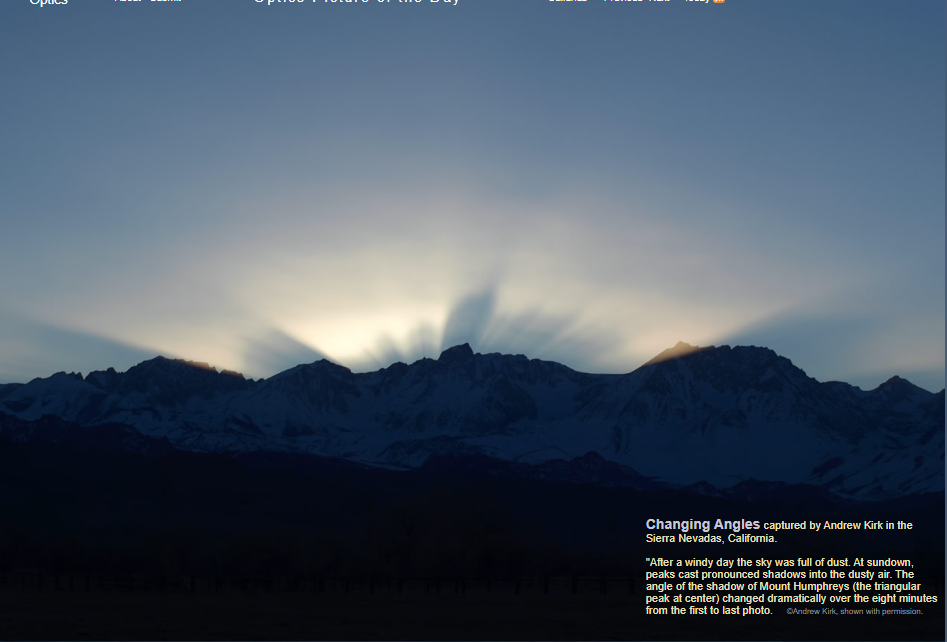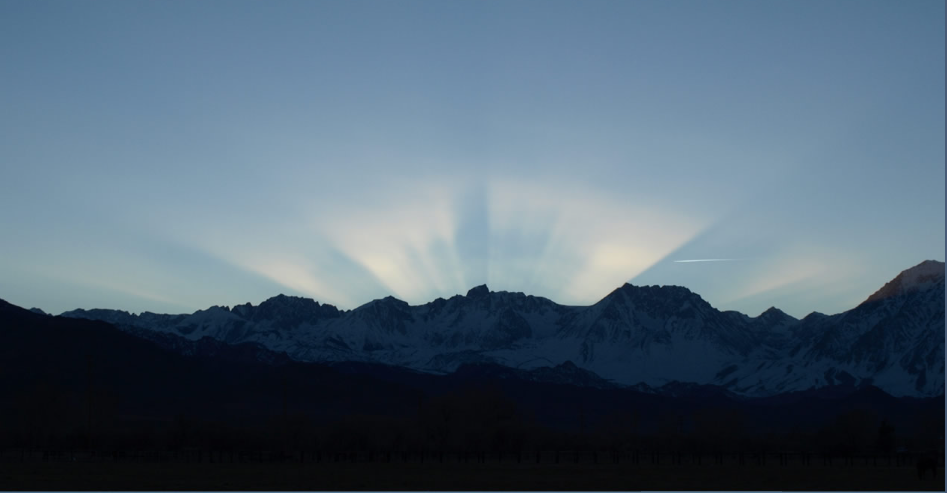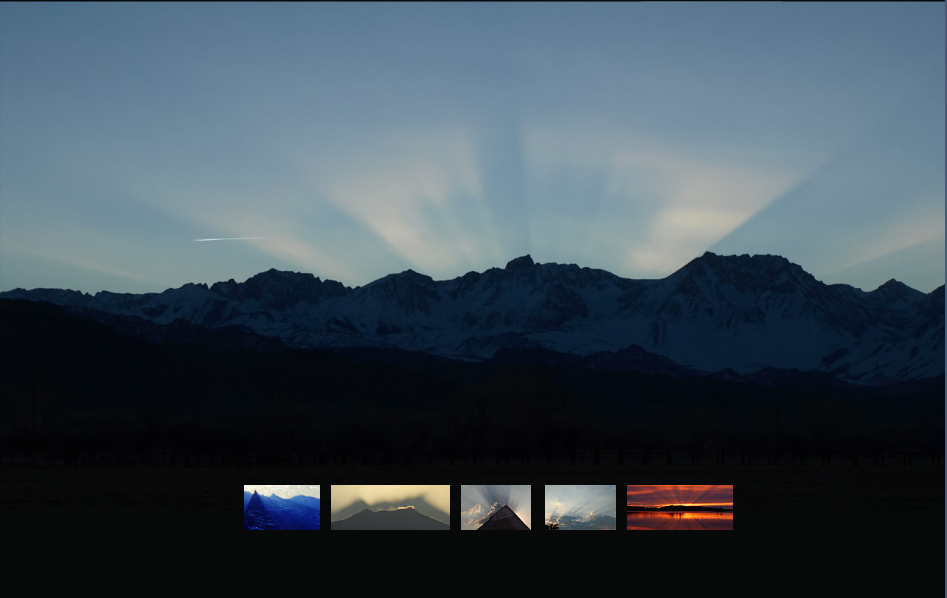OPOD - Icelandic Double Bow
OPOD - Icelandic Double Bow
Have you ever witnessed a breathtaking atmospheric phenomenon known as the Icelandic Double Bow? This captivating optical display occurs when sunlight interacts with ice crystals in the atmosphere, creating a stunning double rainbow. While the concept of a rainbow is familiar to most, the Icelandic Double Bow adds an extra layer of enchantment to the sky.
The Icelandic Double Bow is a rare occurrence that requires specific atmospheric conditions to manifest its full glory. It occurs when sunlight passes through hexagonal ice crystals in the air, causing the light to refract and reflect multiple times. As a result, two distinct rainbows appear in the sky, with the primary bow being brighter and more prominent, while the secondary bow appears fainter and located above the primary one.
To fully appreciate the beauty of the Icelandic Double Bow, it's important to understand the phenomenon behind its formation. When sunlight enters an ice crystal, it undergoes refraction, bending as it passes from one medium to another. This bending causes the different colors of light to separate, creating a spectrum of colors. As the light exits the crystal, it reflects off the inside surface and undergoes further refraction. This process repeats multiple times within the ice crystal, resulting in the formation of the primary and secondary bows.
The key factor that distinguishes the Icelandic Double Bow from a regular rainbow is the orientation of the ice crystals in the atmosphere. In this case, the crystals are aligned horizontally, causing the sunlight to undergo more complex interactions within each crystal. This unique alignment allows for the formation of the secondary bow, which appears at a higher angle above the primary bow.
One intriguing aspect of the Icelandic Double Bow is its sensitivity to changes in sunlight angle. As the sun moves lower in the sky, such as during sunrise or sunset, the angle between the rays of light cast by adjacent mountain peaks changes. This perspective effect gives the illusion that the rays are pivoting around the peaks, causing them to appear closer together. Consequently, the angle between the rays decreases, enhancing the visibility of the Icelandic Double Bow.
The atmospheric optics enthusiast Andrew Kirk was fortunate enough to capture the Icelandic Double Bow in action. In his photographs taken in the Sierra Nevadas, California, he documented the changing angles of the shadow cast by Mount Humphreys over a span of eight minutes. These images beautifully demonstrate how the angle between the rays of light can vary as the sun sinks, creating a mesmerizing visual spectacle in the sky.
While the Icelandic Double Bow is a remarkable phenomenon, it is important to note that its occurrence is relatively rare. The specific combination of atmospheric conditions required for its formation limits its frequency. However, when all the elements align perfectly, the result is a truly awe-inspiring display that leaves observers spellbound.
In conclusion, the Icelandic Double Bow is a captivating atmospheric optics phenomenon that showcases the beauty and complexity of light interacting with ice crystals in the atmosphere. Its formation relies on specific atmospheric conditions and the alignment of ice crystals to create two distinct rainbows. Witnessing this extraordinary display is a rare treat, but when it does occur, it serves as a reminder of the wonders that can be found in our natural world. So keep your eyes on the sky, for you never know when you might be lucky enough to catch a glimpse of the Icelandic Double Bow.

Changing Angles captured by Andrew Kirk in the Sierra Nevadas, California.
"After a windy day the sky was full of dust. At sundown, peaks cast pronounced shadows into the dusty air. The angle of the shadow of Mount Humphreys (the triangular peak at center) changed dramatically over the eight minutes from the first to last photo. ©Andrew Kirk, shown with permission.

The angle between rays cast by two adjacent peaks becomes smaller as the sun sinks.
This is purely a perspective effect. The two rays are parallel but as the sun sinks they pivot like a see-saw about the mountain peaks. Beyond the peaks they increase their distance from the ground. The rays at any given point then appear to be closer together and the angle between them is less.


Note: this article has been automatically converted from the old site and may not appear as intended. You can find the original article here.
Reference Atmospheric Optics
If you use any of the definitions, information, or data presented on Atmospheric Optics, please copy the link or reference below to properly credit us as the reference source. Thank you!
-
<a href="https://atoptics.co.uk/blog/opod-icelandic-double-bow/">OPOD - Icelandic Double Bow</a>
-
"OPOD - Icelandic Double Bow". Atmospheric Optics. Accessed on November 26, 2024. https://atoptics.co.uk/blog/opod-icelandic-double-bow/.
-
"OPOD - Icelandic Double Bow". Atmospheric Optics, https://atoptics.co.uk/blog/opod-icelandic-double-bow/. Accessed 26 November, 2024
-
OPOD - Icelandic Double Bow. Atmospheric Optics. Retrieved from https://atoptics.co.uk/blog/opod-icelandic-double-bow/.